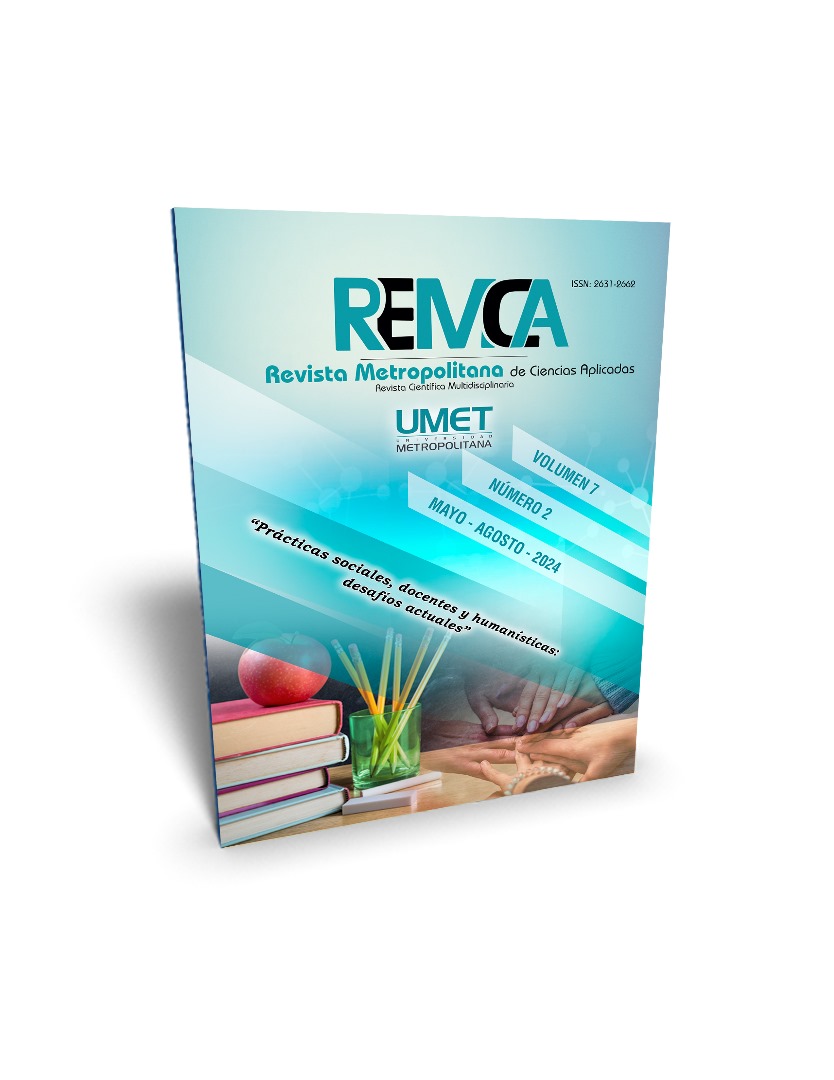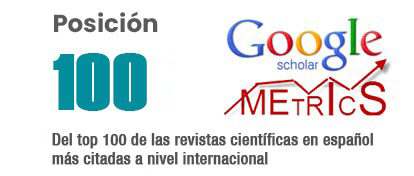Failure to provide necessary food; a form of violence
DOI:
https://doi.org/10.62452/dwdzre87Keywords:
Food, economic violence, alimony, StateAbstract
Colloquially, the right to food is understood as that subminister to nourish the body, however, in the legal world, we identify that it is that legal relationship that occurs between the maintenance creditor and the maintenance debtor, where an obligation to give is born, the latter will be obliged to provide the former with sufficient resources for their subsistence. This right is non-transferable, non-transmissible, unwaivable, imprescriptible, non-seizable, therefore, every child and adolescent deserve to be a creditor of the same, however, when one of the parents, in this case the one who is obliged to pay alimony, is late or does not pay, he/she would be violating the right. The violation is born, since the right is not only food, but also health, education, housing, recreation, clothing, however, if analyzed further, this irresponsibility would be causing a type of economic violence to the woman, because she is being controlled and withholding money, and no mother can justify not being able to provide something to her child because of the father's irresponsibility.
Downloads
References
Arroyo, R. (2020). La Economía de Género: Las Pensiones Alimenticias y su Relación con la Paternidad y los Derechos Humanos de las Mujeres. Revista Latinoamericana de Educación Inclusiva, 14(2), 131-150.
Bucheli, M., & Cabella, W. (2009). El incumplimiento en el pago de las pensiones alimenticias, el bienestar de los hogares y el contexto legal vigente en Uruguay. Revista Latinoamericana de Población, 3(4-5), 123-142.
Cárdenas, E. (1998). ¿Niños versus adultos? Textos, contextos y pretextos para interpretar la Convención, Derecho de Familia. Revista Interdisciplinaria de Doctrina y Jurisprudencia, (13), 60-66.
Cevallos Coral, D. A. (2016). Reforma del art 21 literal b) del Código de la Niñez y Adolescencia como garantía del pago de pensiones alimenticias y no vulneración del Derecho al Trabajo del Alimentante. (Tesis de Grado). Universidad Central del Ecuador.
Chiluisa Chisaguano, G. E. (2019). Las medidas cautelares aplicables al alimentante por incumplimiento de pensiones alimenticia. (Tesis de Grado). Universidad Central del Ecuador.
Córdova López, O. (2017). La violencia económica y/o patrimonial contra las mujeres en el ámbito familiar. Persona Y Familia, 1(6), 39–58. https://doi.org/10.33539/peryfa.2017.n6.468
Davis Sotelo, A. Z. (2017). Vulneración de los Derechos Constitucionales frente al incumplimiento de la pensión alimenticia en Quito año 2015. (Tesis de Grado). Universidad Central del Ecuador.
Ecuador. Asamblea Nacional Constituyente. (2008). Constitución Política de la República del Ecuador. Registro Oficial 449. https://www.cec-epn.edu.ec/wp-content/uploads/2016/03/Constitucion.pdf
Ecuador. Congreso Nacional. (2003). Código de la Niñez y Adolescencia. Última reforma el 29 de julio del 2019. Ecuador: Registro Oficial 737. https://www.igualdad.gob.ec/wp-content/uploads/downloads/2017/11/codigo_ninezyadolescencia.pdf
Figueroa, E., Abajo, V., Paiva, M., & Oharriz, E. (2010). Derecho a la Alimentación. Diaeta, 28(131), 22-26.
Naula Puma, J. S., & Pauta Cedillo, W. H. (2020). Los alimentos congruos en beneficio del cónyuge y el derecho a la vida digna. Polo del Conocimiento, 5(9), 982-1006.
Organización de las Naciones Unidas. (1948). Declaración Universal de los Derechos Humanos. A.G. Res 217A (III). https://www.un.org/es/about-us/universal-declaration-of-human-rights
Organización de las Naciones Unidas. (1966). Pacto Internacional de Derecho Económicos, Sociales y Culturales. A.G Res. 2200A (XXI). https://www.ohchr.org/es/instruments-mechanisms/instruments/international-covenant-economic-social-and-cultural-rights
Organización de las Naciones Unidas. (1989). Convención sobre los Derechos del Niño. https://www.un.org/es/events/childrenday/pdf/derechos.pdf
Proaño, G. M. (2014). Análisis jurídico de los marcos sustantivo y adjetivo de la pensión alimenticia a favor de niños, niñas y adolescentes en el Ecuador. (Tesis de Grado). Universidad Central del Ecuador.
Zaldívar Cerón, A., Gurrola Peña, G. M., Balcázar Nava, P., Moysén Chimal, A., & Esquivel Santoveña, E. E. (2015). Las mujeres separadas de cara a la violencia de sus exparejas. Rumbo a su caracterización. Ciencia UAT, 10(1), 83-92.
Downloads
Published
Issue
Section
License
Copyright (c) 2024 Mariuxi Paola Cedeño-Floril, Libertad Machado-López, Nathaly Campos-Lomas, Carlos Chapín-Zumba (Autor/a)

This work is licensed under a Creative Commons Attribution-NonCommercial-ShareAlike 4.0 International License.
Authors who publish in Revista Metropolitana de Ciencias Aplicadas (REMCA), agree to the following terms:
1. Copyright
Authors retain unrestricted copyright to their work. Authors grant the journal the right of first publication. To this end, they assign the journal non-exclusive exploitation rights (reproduction, distribution, public communication, and transformation). Authors may enter into additional agreements for the non-exclusive distribution of the version of the work published in the journal, provided that acknowledgment of its initial publication in this journal is given.
© The authors.
2. License
The articles are published in the journal under the Creative Commons Attribution-NonCommercial-ShareAlike 4.0 International License (CC BY-NC-SA 4.0). The terms can be found at: https://creativecommons.org/licenses/by-nc-sa/4.0/deed.en
This license allows:
- Sharing: Copying and redistributing the material in any medium or format.
- Adapting: Remixing, transforming, and building upon the material.
Under the following terms:
- Attribution: You must give appropriate credit, provide a link to the license, and indicate if any changes were made. You may do this in any reasonable manner, but not in any way that suggests the licensor endorses or sponsors your use.
- NonCommercial: You may not use the material for commercial purposes.
- ShareAlike: If you remix, transform, or build upon the material, you must distribute your creation under the same license as the original work.
There are no additional restrictions. You may not apply legal terms or technological measures that legally restrict others from doing anything the license permits.




